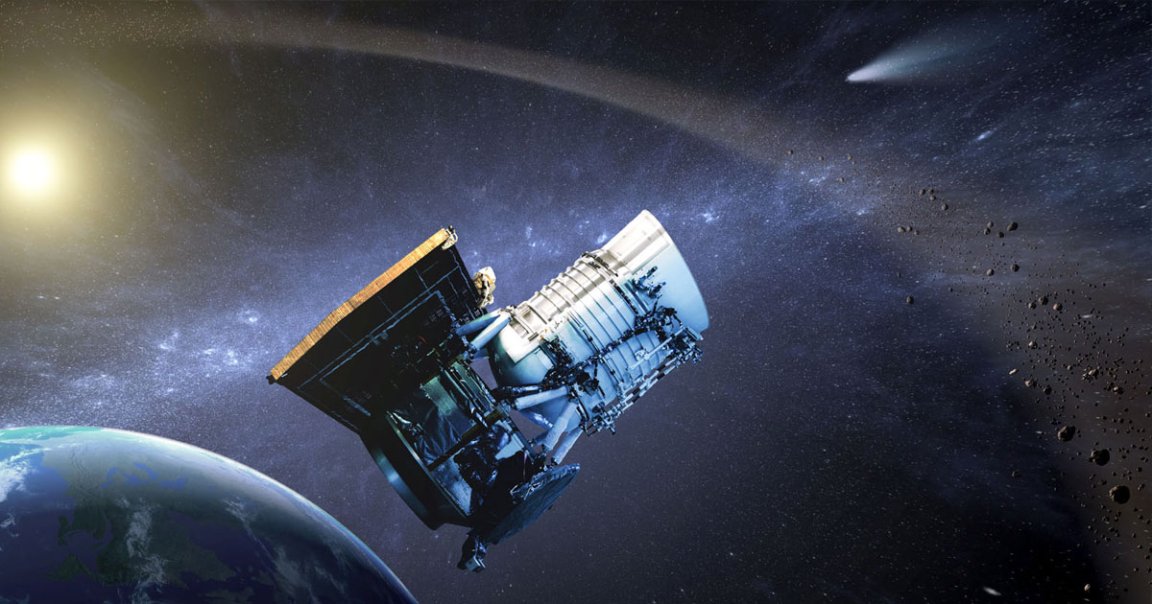
Comet C/2020 F3 — better known as NEOWISE, for the Near Earth Object Wide-field Infrared Survey Explorer telescope that first discovered it — has came so close to Earth over the weekend that it’s visible to the naked eye, blazing brightly over Northern skies. The rare event was captured on camera by amateurs and professionals alike from around the globe — and the results are dazzling.
For instance, just check out this short video from the International Space Station.
The space rock was about 194 million miles from the Sun when first discovered in March, making it far too faint to see with the naked eye. But over the last few months, the comet has become far brighter as it’s approached.
On July 3, it was only 27.3 million miles (44 million km) from the Sun. To put that into perspective, the closest flyby of the Sun by an artificial object was NASA’s Parker Solar Probe back in January, passing by our star at a mere 18.7 million kilometers.
In fact, the solar probe was able to get its own look at the comet on July 5, according to NASA.
Astronomers were concerned the comet would not survive such a close encounter, but as evidenced by this weekend’s sightings, it seems to be doing fine.
Its “tail” or “coma” is extremely visible, making it stand out against its predecessors, ATLAS and SWAN, as Space.com reports, which only had very faint paths of condensed heat following their paths.
While astronomers discover hundreds of comets every single year, every once in a while a “great” comet passes by our planet and appears considerably brighter. According to Space.com, the last comet that was of a comparable brightness was Comet Hale-Bopp in 1997.
READ MORE: Comet NEOWISE could give skywatchers a dazzling show this month. Here’s what to know. [Space.com]
More on comets: NASA: Something Is Off About This Interstellar Comet